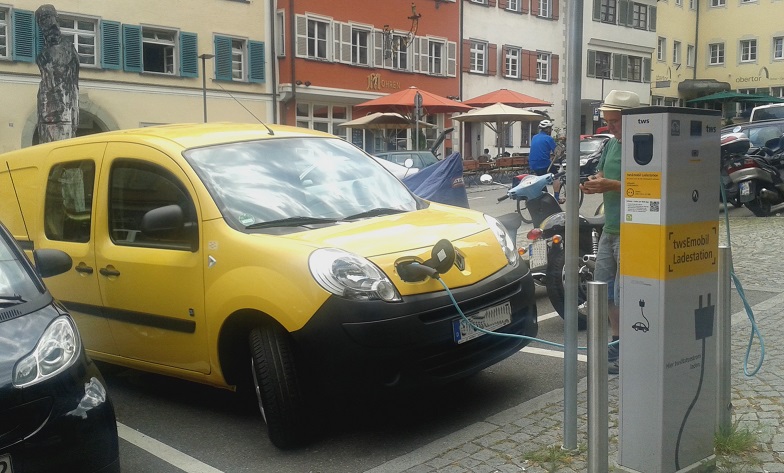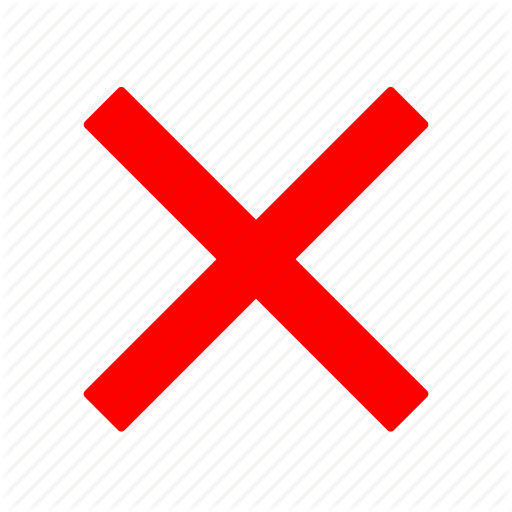A low emission zone stops the more polluting vehicles travelling in an area and reduces pollution. Low emission zones can have a significant impact on air pollution. However, they often do not solve the problem alone. Other measures are also needed.
Most European cities have Air Quality Action Plans to improve air quality. They often include implementing a low emission zone, as one of the single most effective measures. What is included an air quality action plan will depend on the most significant sources of pollution in the city and how they can be reduced. The city action plan works together with national, regional and EU measures.
Action on pollution is taken at the appropriate level, local, regional, national, Europe and world wide.
Local measures for road traffic
Local measures for other pollution sources
Measures often taken at a national level or regional level
European and international measures
Examples of local measures for road vehicles:
- Measures to reduce the amount of traffic. And measures to improve other travel options. These include good and clean public transport, good cycle facilities, low emission car sharing schemes or appropriate town planning.
- City road tolls, or access regulations for different vehicles or trips to reduce the amount of traffic. This also means that those who need to travel by motor vehicle can move better.
- Incentives for cleaner vehicles. For example reduced road tax, cheaper road tolls, grants for electric or hybrid vehicles, cheaper or available parking.
- Smoothing traffic flow, for example by synchronising traffic lights
- Reducing speed limits on faster roads. This can improve traffic flow as well as making sure the vehicles travel at a cleaner and more efficient speed
- Encouraging the very cleanest vehicles. Vehicles with zero emissions (on the road), electric, hydrogen and plug-in-hybrid vehicles. Or vehicles with the very newest vehicles, or diesel particulate filters.
- Information campaigns about turning the engine off while stationary - no idling - or general information campaigns on air quality levels.
Examples of local measures for sources other than road vehicles:
- Emissions control of factories and power stations
- Controls on construction sites. For example reducing demolition dust, using cleaner fuels, newer vehicles and fitting equipment like diesel particulate filters on diesel construction machines
- Improving energy efficiency. Less fuel burned = less emissions
- Controls on using coal, oil or wood burning
- Encouraging cleaner heating systems with grant funding and / or requiring heating systems to meet minimum standards.
- Cleaner service vehicles at airports
- Electrifying train lines, cleaner train engines and cleaner train diesel fuel
Some measures are specific to some areas. For example in Scandinavia the studded winter tyres used in winter are a particular problem as they create lots of additional dust from the road surface. Specific measures are therefore taken for this studded winter tyres.
Examples of measures often taken at a national level or regional level, include:
- Financial help (grants or tax incentives) for cleaner vehicles. For example in many countries, efficient cleaner vehicles have cheaper road tax than inefficient dirtier vehicles
- Legal frameworks to allow or require action at the city level
- Funding for public transport
The European Union plays an essential role in reducing air pollution, through for example vehicle Euro standards, cleaner road, off-road or shipping fuels, aircraft policies or setting EU Air Quality Standards to protect health.
Measures that need to be taken at an international level, include those for shipping and aircraft. Agreements have been made, for example, to limit the sulphur content of shipping fuels, both generally and in certain shipping areas. Further discussions on shipping and aircraft emissions reductions are being undertaken. These agreements often take longer to happen, as greater numbers of different countries need to agree them.





